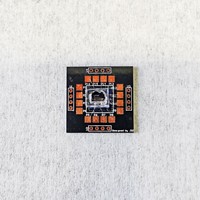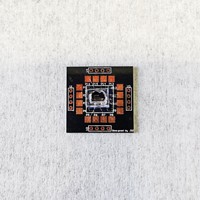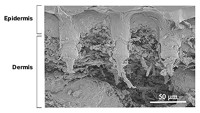Advertisement
Grab your lab coat. Let's get started
Welcome!
Welcome!
Create an account below to get 6 C&EN articles per month, receive newsletters and more - all free.
It seems this is your first time logging in online. Please enter the following information to continue.
As an ACS member you automatically get access to this site. All we need is few more details to create your reading experience.
Not you? Sign in with a different account.
Not you? Sign in with a different account.
ERROR 1
ERROR 1
ERROR 2
ERROR 2
ERROR 2
ERROR 2
ERROR 2
Password and Confirm password must match.
If you have an ACS member number, please enter it here so we can link this account to your membership. (optional)
ERROR 2
ACS values your privacy. By submitting your information, you are gaining access to C&EN and subscribing to our weekly newsletter. We use the information you provide to make your reading experience better, and we will never sell your data to third party members.
Analytical Chemistry
Flu Breathalyzer
Medical Diagnostics: A sensor spots flu viruses in people’s exhaled breath
by Erika Gebel
July 2, 2012

The exhalations of people with the flu can do more than just sicken others. Chinese researchers have developed a quick and noninvasive diagnostic tool that identifies influenza viruses in the breath of sick people (Nano Lett., DOI: 10.1021/nl301516z).
Doctors usually diagnose flu by its symptoms, but misdiagnoses are common. Reverse transcription quantitative polymerase chain reaction (RT-qPCR) can accurately detect the flu by identifying genetic material from viruses, but it takes several hours. To speed virus detection, Maosheng Yao of Peking University and colleagues developed a way to rapidly condense the liquid in breath, and then analyze it with an ultrasensitive silicon nanowire sensor.
The researchers decorated silicon nanowires with antibodies that bind to a specific protein of the common influenza virus subtype H3N2. Then they asked 11 people with flu-like symptoms and eight healthy people to breathe on a very cold hydrophobic film. After one or two minutes of each person breathing, the film captured about 100 μL of breath condensate, Yao says.
Using a microfluidic channel, the researchers delivered the sample to the silicon nanowires. Within minutes, H3N2 particles in the sample bound to the antibodies, causing the nanowire conductance to spike. The researchers could measure the conductance change with as few as 29 viruses per μL. In comparison, Yao says, “the detection limit of RT-qPCR varies.” The method typically detects between 100 and 1000 viruses per μL, he says, though it can go lower too.
When the conductance remained steady, the researchers concluded a sample didn’t contain H3N2. The nanowire results matched RT-qPCR analyses for 17 of the 19 people’s samples; the remainder tested positive for H3N2 by nanowire but negative by RT-qPCR. The researchers think that these disagreeing results may have been caused by non-specific binding to the antibody or by inaccurate RT-qPCR results.
Using different antibodies, the researchers accurately detected another influenza subtype, H1N1, in breath condensate spiked with the virus. Yao hopes to develop a handheld device that can detect and distinguish between multiple virus types at once.





Join the conversation
Contact the reporter
Submit a Letter to the Editor for publication
Engage with us on Twitter